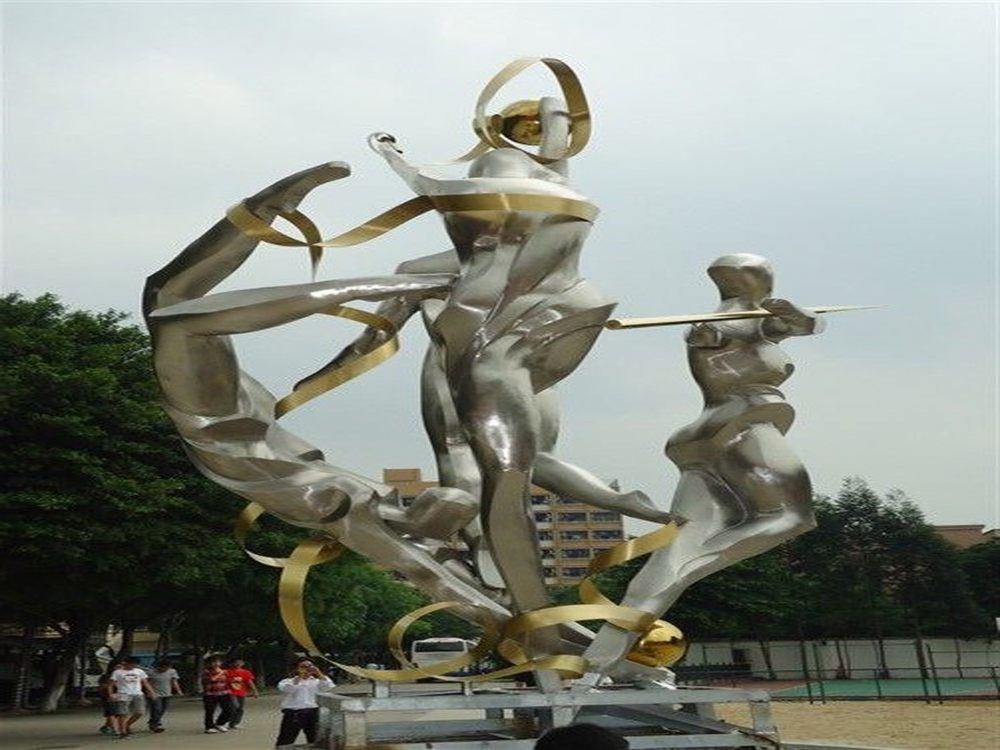
The weight of a stone sculpture plays a critical role in its transportation and installation, influencing logistics, safety, and costs. Heavy sculptures require specialized equipment such as cranes, forklifts, or hydraulic lifts to move them safely. Transporting massive stone art often demands reinforced vehicles, custom crating, and route planning to avoid weak bridges or narrow roads.
During installation, the sculpture's weight affects foundation requirements, anchoring systems, and the need for structural support. For example, outdoor installations may require deep footings to prevent sinking or tilting over time. Indoor placements must account for floor load capacity.
Handling heavy sculptures also increases labor needs, insurance costs, and the risk of damage during transit. Professionals use techniques like weight distribution calculations and shock-absorbing materials to mitigate these challenges. Lighter sculptures offer more flexibility, while monumental works often require engineering consultations and permits.
Proper planning, including 3D modeling of the installation site and stress testing, helps ensure successful placement regardless of the sculpture's weight. The heavier the artwork, the more critical it becomes to work with experienced art handlers who understand the unique demands of stone sculptures.

